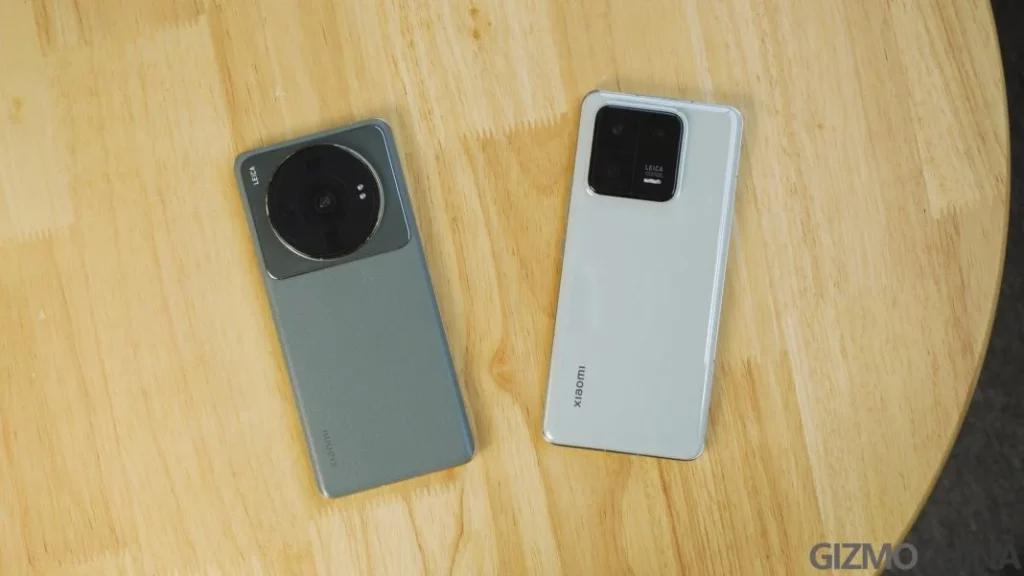Berikut Xiaomi 14 Pro Will Have a More Gahar Camera
Yang terbaru kami bagikan untuk anda. Dapatkan informasi gadget terbaru hanya di @iwanrj.com.
iwanrj.com – Jakarta – Xiaomi is known as a vendor that always delivers powerful camera capabilities for flagship smartphones. The latest news reveals that the Chinese vendor will embed a Leica camera for the Xiaomi 14 Pro model.
Xiaomi’s latest flagship always comes with quality camera hardware. The Xiaomi 13 Ultra and Xiaomi 13 Pro are the latest examples from this Chinese company.
And the latest news says that Xiaomi will provide a significant camera upgrade to the successor to the Xiaomi 13 Pro which will be released this year, the Xiaomi 14 Pro.
READ ALSO:
Xiaomi 14 Pro with 50MP Telephoto Periscope Lens
The Xiaomi 13 Ultra has debuted in China, and the global launch is still awaited. Meanwhile, rumors about the upcoming Xiaomi 14 Pro have started surfacing, with a leak from renowned leaker Digital Chat Station revealing one interesting detail.
DCS claims that this smartphone will be equipped with a 50MP Periscope telephoto lens. Most likely, the lens will use the same sensor as the one on the Xiaomi 13 Ultra.
The camera capabilities of the Xiaomi 13 Ultra are extraordinary, because the camera has a very wide coverage of 122 degrees and is equivalent to a focal length of about 12mm on a full-frame camera.

Just to remind you, the Xiaomi 13 Pro relies on a triple camera configuration from Leica with a 50MP main camera equipped with a 1″ Sony sensor, a 50MP ultrawide camera, and also a telephoto camera. The sensor on the telephoto camera has a 75mm lens, enabling 3.2x optical zoom and macro photography.
READ ALSO:
The working principle of the telephoto camera on the upcoming Xiaomi 14 Pro is said to be adopting a periscope design, which changes the path of light propagation.
In simple terms, light initially enters the mirror and travels through the crease before reaching the camera sensor. This design allows for a different position of the sensor to the lens, meeting zoom needs while preventing over-protrusion of the phone’s lens. [HBS]
]














